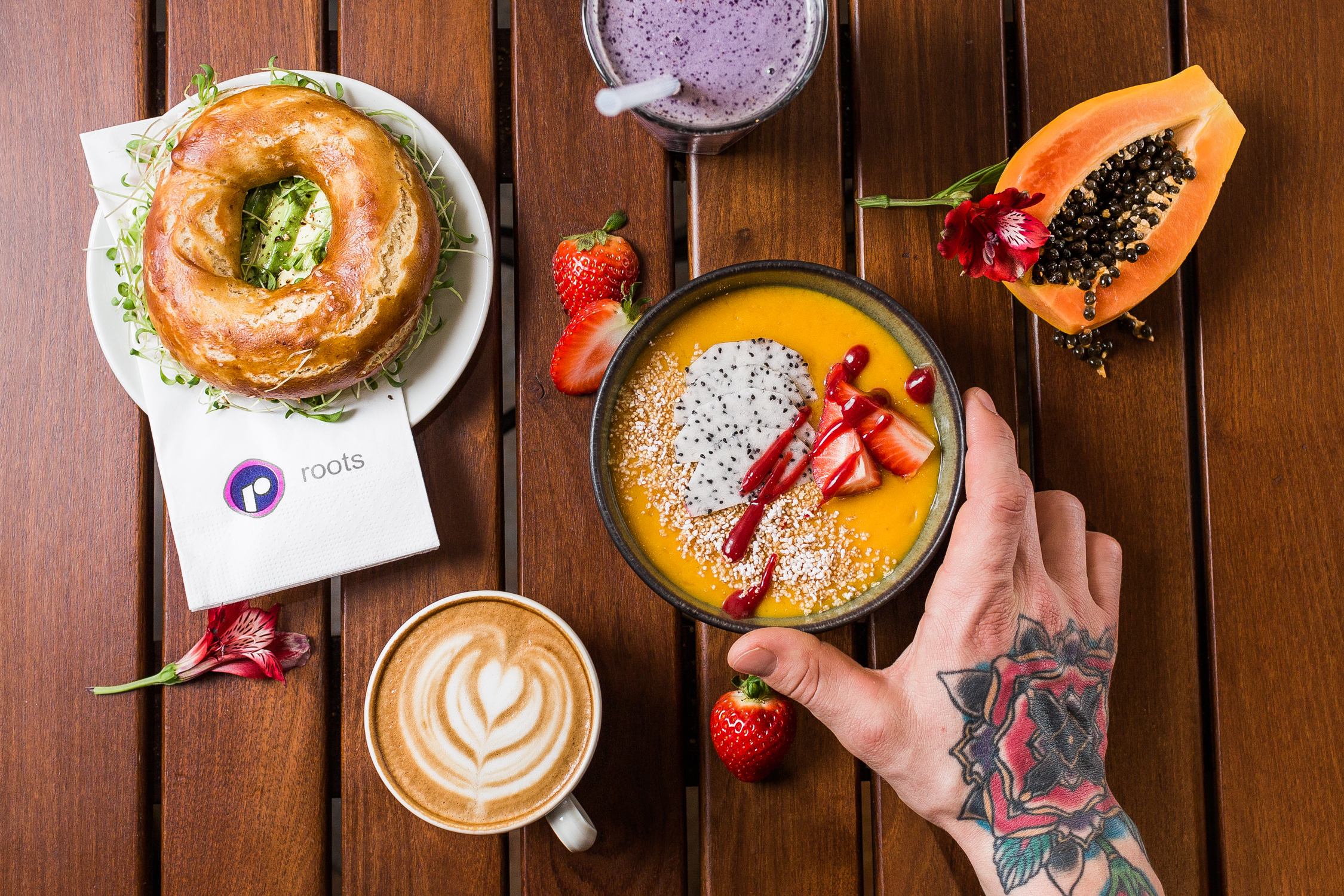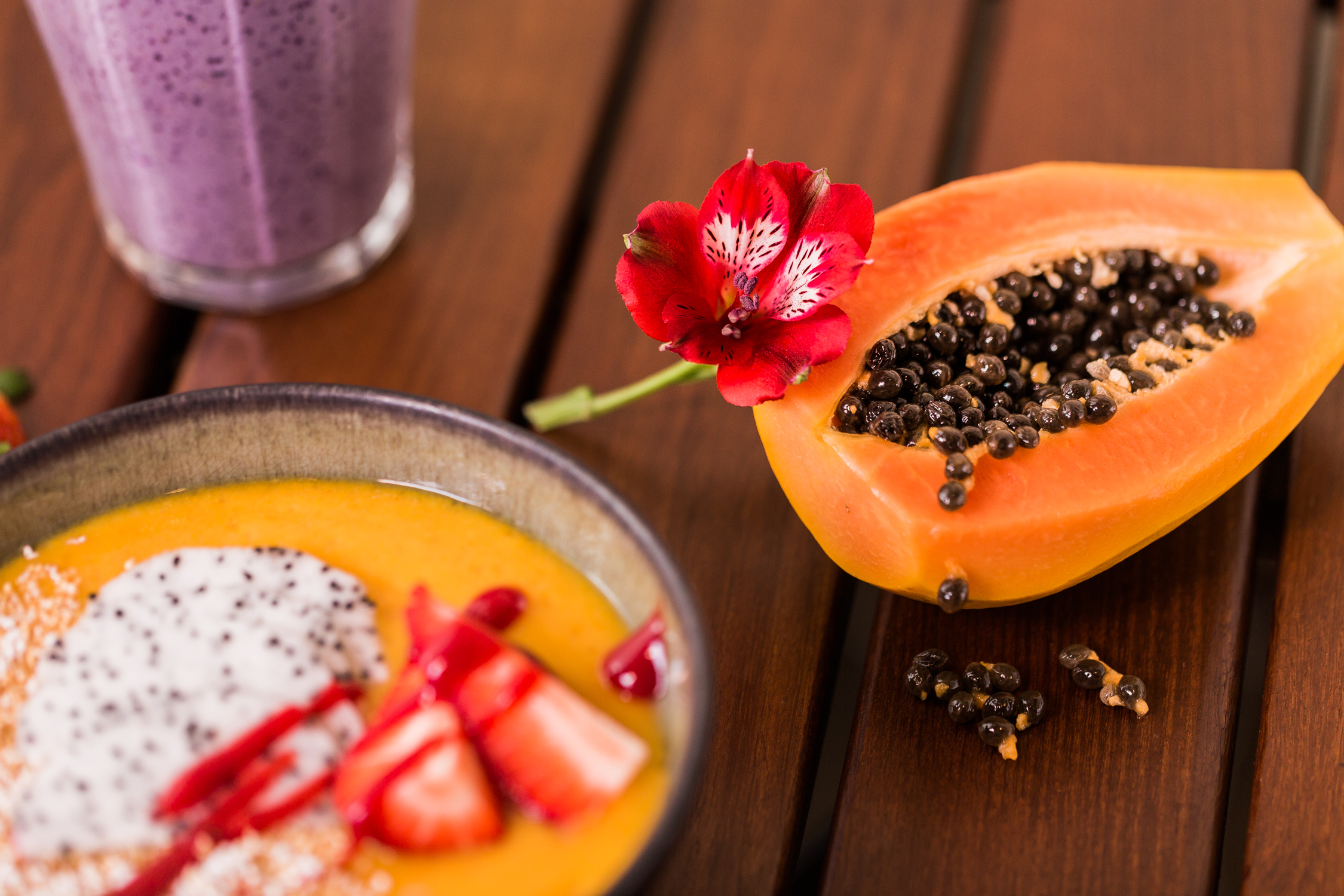A friend recently drew my attention to the sugar in oat milk, and we found the following article on the web:
Suddenly I was a little worried about 10 teaspoons of sugar in a liter of oat milk, which we drink quickly as a family in one day. I didn’t have any weight problems because of this, but I didn’t want to give my daughter too much sugar.
Since I myself have been consuming the best and finest oat milk from Soyana for many years, I simply asked Mr. A. W. Dänzer (owner of Soyana) directly.
I would like to take this opportunity to thank him for taking the trouble to clarify my concerns and also for allowing me to submit his opinion, including a copy. publication here again:
Swiss Rice & Cereal Drinks: Without added sugar
How is that possible? All Swiss Rice and Cereal Drinks are fermented with natural enzymes so that the whole grain used by Soyana is broken down and is more easily available to humans: Maltodextrin and some sweet-tasting glucose are produced from the cereal starch. Maltodextrin is a long-chain carbohydrate. It tastes only very slightly sweet and is not classified as sugar. This production method adds value to Swiss Drinks because it provides the body with maltodextrin together with the naturally present B vitamins and minerals with a slow but sustained supply of readily available energy, which is important for endurance athletes and valuable for everyone.
1. soyana only uses naturally derived enzymes that are guaranteed to be produced without any genetic engineering.
2. The enzymatic process used in the production of all Swiss rice and cereal drinks – including Soyana’s oat drink – is completely natural, because the body does exactly the same thing when we eat rice or oats or any other grain: Our organism converts the starch into sugar so that our brain, in particular, can use it.
Our brain really wants simple sugars that are as pure as possible, and as a whole grain freak I had to accept that…
So the organism produces it from all possible sources of carbohydrates that we give it with our diet.
I am still of the opinion that it would be slightly better to eat whole whole grain cereals instead of pre-digested, liquid cereals, so to speak, because then all the cellulose in the body would still be processed, which the consumer perceives as a burden (real fiber), which helps intestinal health.
But hand on heart: who likes to chew their original muesli made from soaked wholemeal for an hour, as the original Swiss did?
The quick cereal drink is a blessing of civilization. And I maintain that the result for our organism in terms of physical nutrients is quite similar.
However, you must remain aware that the modern cereal drink tempts you to consume much more cereal because it is so easy to consume as a drink. The fact that you then put on little pads should honestly not be blamed on the cereal drink, but on human weakness towards all things sweet. So the blessing of civilization here is a tasty drink instead of a tedious mush, but it also requires a little more caution and conscious self-control – or simply a lot of exercise… If you walk 20 km every day, as our ancestors did, who still genetically determine our bodily functions for tens of thousands of years, you will always be hungry and are guaranteed not to put on any flab!
Thanks to the early conversion of part of the starch into maltodextrin and sugar (which is all classified as sugar by the authorities today and which really cannot be compared with “sugar”, especially not with the much-used image of sugar cubes, which paints a completely false picture here), the cereal drink tastes pleasantly sweet, while the cereal porridge contains exactly the same amount of calories in the form of starch before digestion, but does not taste attractive.
3. there are differences depending on the manufacturer, which each consumer can find out for themselves, as the limited space available on the packaging offers far too few opportunities to point out subtleties and differences. For example, Soyana always uses whole grain, with very few exceptions: Of the 25 different Swiss Drink milk alternatives, only two are not made with whole grains for taste reasons, while there are hardly any manufacturers who actually use whole rice, for example. Rice milk made from rice is made from husked rice, and this is noticeably sweeter. What’s more, ma hardly notices that salt is added to many drinks, which results in a dramatic difference in taste. Salt gives our taste buds a much fuller and rounder impression, and together with the stronger sweetness of white rice, a whole rice drink without added salt is less attractive, even though it contains more B vitamins and minerals.
The Soyana team has avoided adding salt in most cases and pays for this with the fact that few people can appreciate the health benefits of whole rice Swiss Drinks because it is simply the taste that counts.
4) So there are definitely differences between different manufacturers in terms of physical-material substances and in terms of subtle realities, which are no less important, as anyone can see in my book “The invisible force in food”. Today it is normal for this whole invisible part of food to be completely forgotten. We are usually limited to the purely material processes and functions in our organism, but in reality there are many more interesting processes taking place in the subtle realm, where, for example, information is transferred into our lives.
What differences can be found between cereal drinks from different manufacturers in the subtle, informational area of life energy? I can’t show a direct comparison with photos from our LifevisionLab here, because in my gut I was wary of exposing other manufacturers with such a comparison. But we can look at the pictures of the vitality of Soyana’s Swiss drinks and compare them with the pictures of sugar, because it has often been suggested here that cereal drinks are full of sugar, so to speak – and what a fraudulent deception on the part of the industry that is. Now we can test the truth of this theory. What do we observe now?
The following pictures are taken from the book “The invisible power in food, organic and non-organic in comparison”:
– Soyana Swiss BioDrink Millet (p. 235)
– Soyana Swiss BioDrink whole rice plus calcium (p. 235)
– Soyana Swiss BioDrink Spelt (p. 240)
– White organic cane sugar (p. 76 and 77)
– White non-organic cane sugar (p. 78)
What does the universal language tell us here with the insight into the world of the organizing power of these foods?
You can see it for yourself: Soyana’s whole grain drinks are all designed with beautiful organic and expressive shapes full of vitality. The whole rice drink even contains 6-petaled flowers and thus the culmination of life with the so-called flowers of life in alchemy. In contrast, white cane sugar, although organic, shows many right-angled industrial patterns and little vitality. The pictures of the white non-bio cane sugar show that things can get much worse.
It is therefore clear that the conclusion that oat drink is a kind of sugar drink is not correct and is a fallacy to which the material consideration of the nutritional value analysis has led.
These pictures also show that at least the Swiss Drinks from Soyana examined here provide consumers with food that is full of vitality.
Thank you for the opportunity to make a small contribution to the discussion in this forum




























